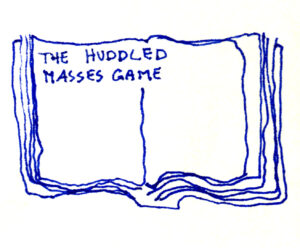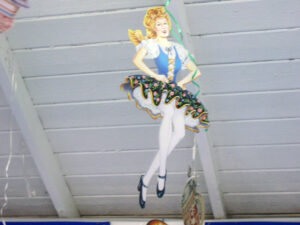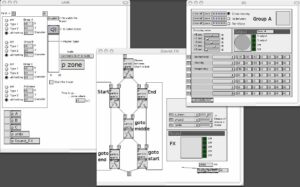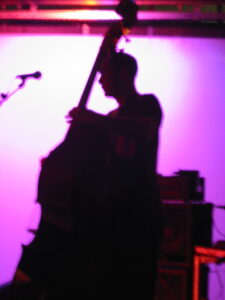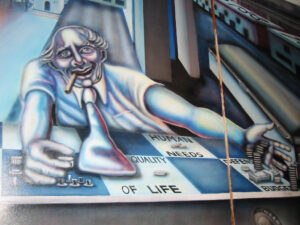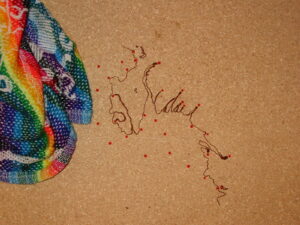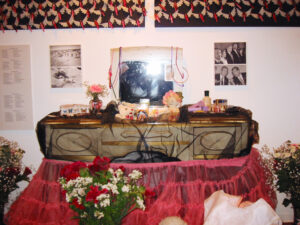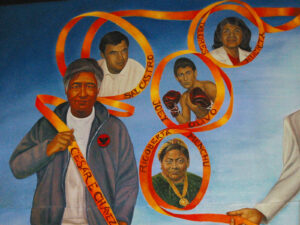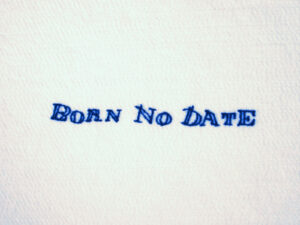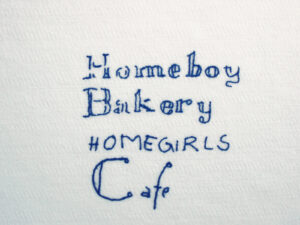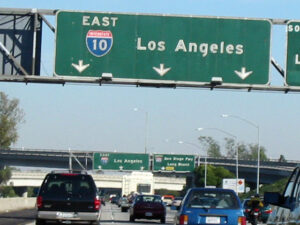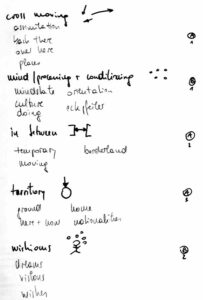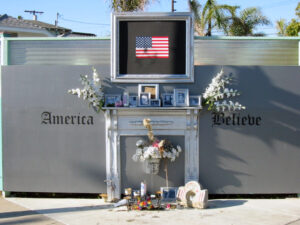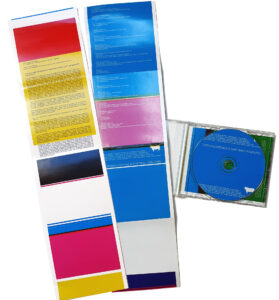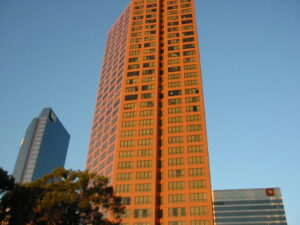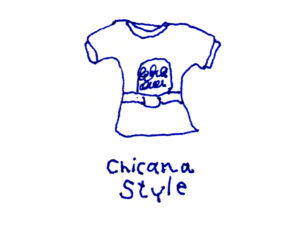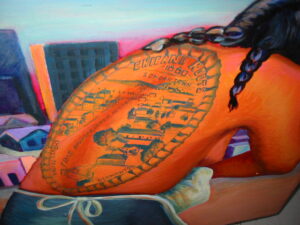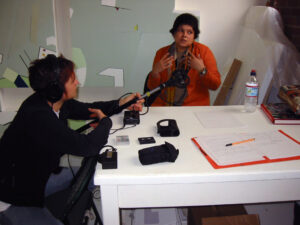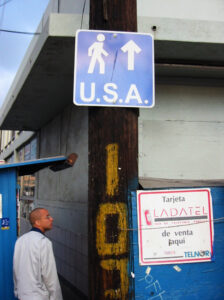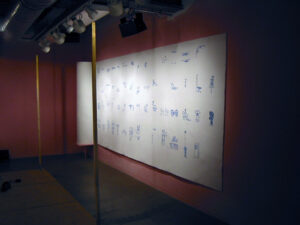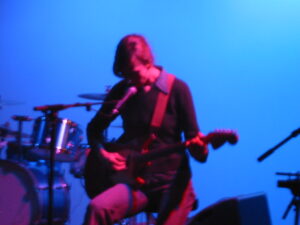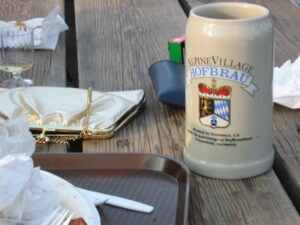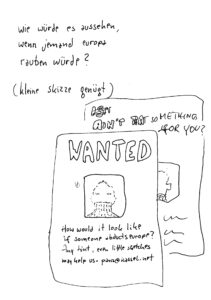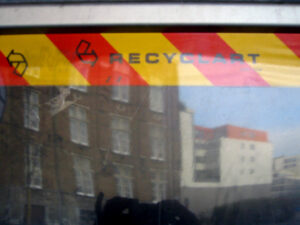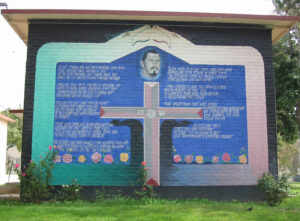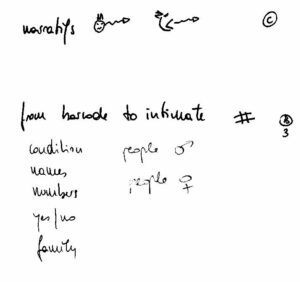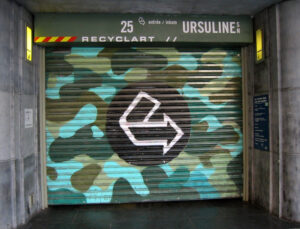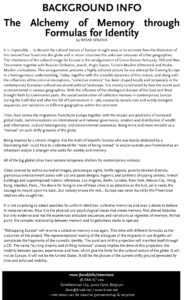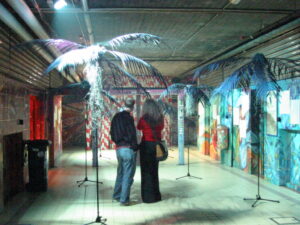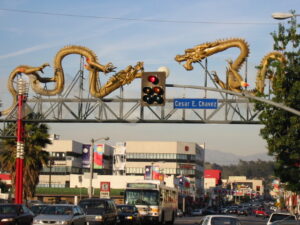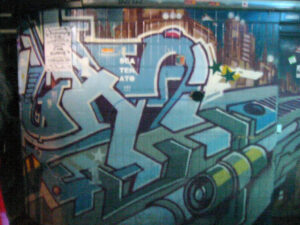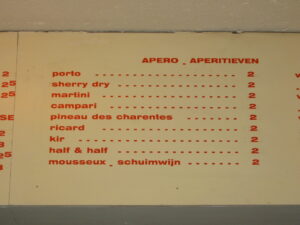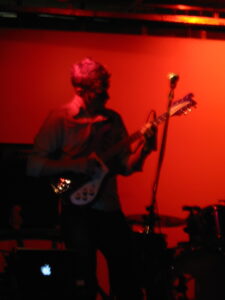is a multidisciplinary art project about migration, dreams and visions, and how they impact (or not), on culture and how it is changing the mythological story of „The Abduction of Europe“.
Europe was a Phoenician princess who was kidnapped to Crete by a God who had fallen in love with her.
Thus, the continent of Europe takes its name from a migrant.
We decided to kidnap Europe a second time! This time in Los Angeles.
In a tribute to the antique myth, we kidnapped Europe again in the year 2002, bringing the myth back into the vernacular, and at the same time rewriting it. During our kidnapping the protagonists of the antique stories meet with real people in today’s Los Angeles, California, a globally important migration destination.
We wrote a sequel to the myth in an unprecedented way and presented an installation and a music CD in Los Angeles. We had also planned to create a perfume and a film installation, but they could not be realised due to lack of funding.
A beautiful woman rides on a bull across the sea. On the beach are more women, waving. That is the motif that has mostly been carried into the present when dealing with “The Abduction of Europe”. Even today, there is hardly any artistic representation that goes beyond the combination ‘woman – bull’. Content-wise it mostly concerns Eros and power. We are, however, of the opinion that the topic offers much more, almost requiring it to be newly interpreted.
We ask ourselves what the abduction of Europe means for the so called continent. For Europe as a cultural-geographical area, for Europe as a political and economic interest community (European Union) and for Europe as the symbol of the history of an individual person – Europe is a migrant..
We can understand Europe as a result of migratory movements. “The Abduction of Europe” is a metaphor for dislocation, for the migration in today’s time of globalization. It gives new perspectives to the topic of multiculturalism, because it talks about an unintended cultural uprooting. With the antique European myth in mind, and looking from today’s perspective, we ask ourselves the question whether a mixing of cultures and a fruitful dialog is a direct consequence of migration, or whether the removal of one’s own cultural roots means cultural isolation.
The antique history of Europe supplies us with a picture of both, an individual fate, and the process of cultural migration. In our extension of the story, we bring Europe to Los Angeles, and look for people there whose biographies show parallels with the life of Europe. These people’s countries of origin do not have to be on the continents Asia or Europe, the departure and arrival ports of the story may constantly shift. We let these people speak for Europe and ask them about their dreams and visions before, during and after their migration. These dialogs flow into the installation ‘Turning Dreams and Shifting Harbors’, as well as field recordings from Los Angeles and Mexico.
This sound material is rearranged, rather than edited in a documentary sense: constantly mixed and processed by a computer in real time, enabling new juxtapositions and transitions each time, free of geographical, social and temporal limits. The circulation of the sound is the result of the spatialisation, the movement of the public and the real-time processing and mixing.
What does she feel? With the label Beau Rivage we have asked musicians from Europe and America to write for the CD compilation ‘Turning Dreams & Shifting Harbors’. Our idea was to develop music that is ‘stolen’ from another cultural context (than that of the musician), so that with each piece a new Europe emerges.
‚When choosing the contributors, there never was a plan to pursue a certain musical style, or to go only for big names – all musicians where selected because we felt that they would come up with interesting and outstanding contributions. This added to the overall diversity, and resulted in a stylistic variety that goes from classical songwriting to many shades of electronic music (minimalistic, abstract and danceable), to rather open compositions and field recordings.’ Beau Rivage & (K-RAA-K)3
To bring some elements of the Kidnapping Europe installation back to Europe and to celebrate the release of ‘Turning Dreams & Shifting Harbors’, a one-day festival was organised in November 2003 by the labels Beau Rivage & (K-RAA-K)3 in the European capital of Brussels.
A further indoor installation, “You”, deals with the journey from Sidon to Crete in the European myth, which we geographically transport.
“You” is the first boundary between the ego and the external world. With this confrontation begins the reflection about one’s own identity. We imagine Europe alone on the back of the bull, who at first does not explain himself. The theme of the film is the journey and the confrontation with an invisible “vis-à-vis”. Sentences will appear on the screen that try to freely define what the word “You” could mean.
The essence of a myth is that it talks about stories of special figures that can be recognised by each person. The film reflects on the completely personal situation of our protagonist, and is a very individual representation of her thoughts and feelings. (not realised)
What is the scent of Europe?
The Europe of the antique narration originated in Asia, in today’s Lebanon. The place is defined by, among other things, the masses of flowers growing there. We wanted to create a perfume evoking the lost home. (not realised)
Concept: Christina Clar and Peter Jap Lim
Turning Dreams and Shifting Harbors installation
drawings: Peter Jap Lim
sound recording & editing: Christina Clar
Programming: Fabrice Moinet
with the support of RAIDPROJECTS Los Angeles and Centre Culturel Français Los Angeles
Los Angeles, 2003
Turning Dreams & Shifting Harbours (Cd)
Musicians: Andi Schoon, James Merle Thomas, Wio, Jules Etienne, Jochen Briesen, Jürgen Heckel, Jan Thoben, David Grubbs • David Sheppard, Alexander Polzin, Andi Künnecke* • Christian Smukal, Luke Sutherland • Howard Monk • Loz Speyer, Christophe Stoll • Jukka Reverberi, Steve Roden, Christof Kurzmann, Volker Zander, Philipp Janzen* • Christoph Leidig
Labels: (K-RAA-K)³ and Beau Rivage
Cd review
listen to Cd Samples
Cd review
Brussels/Kassel 2003

